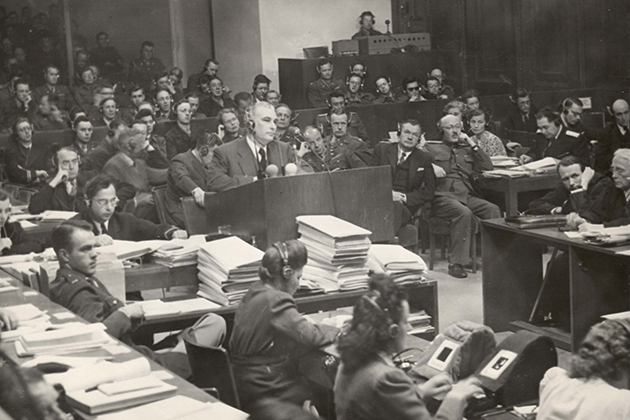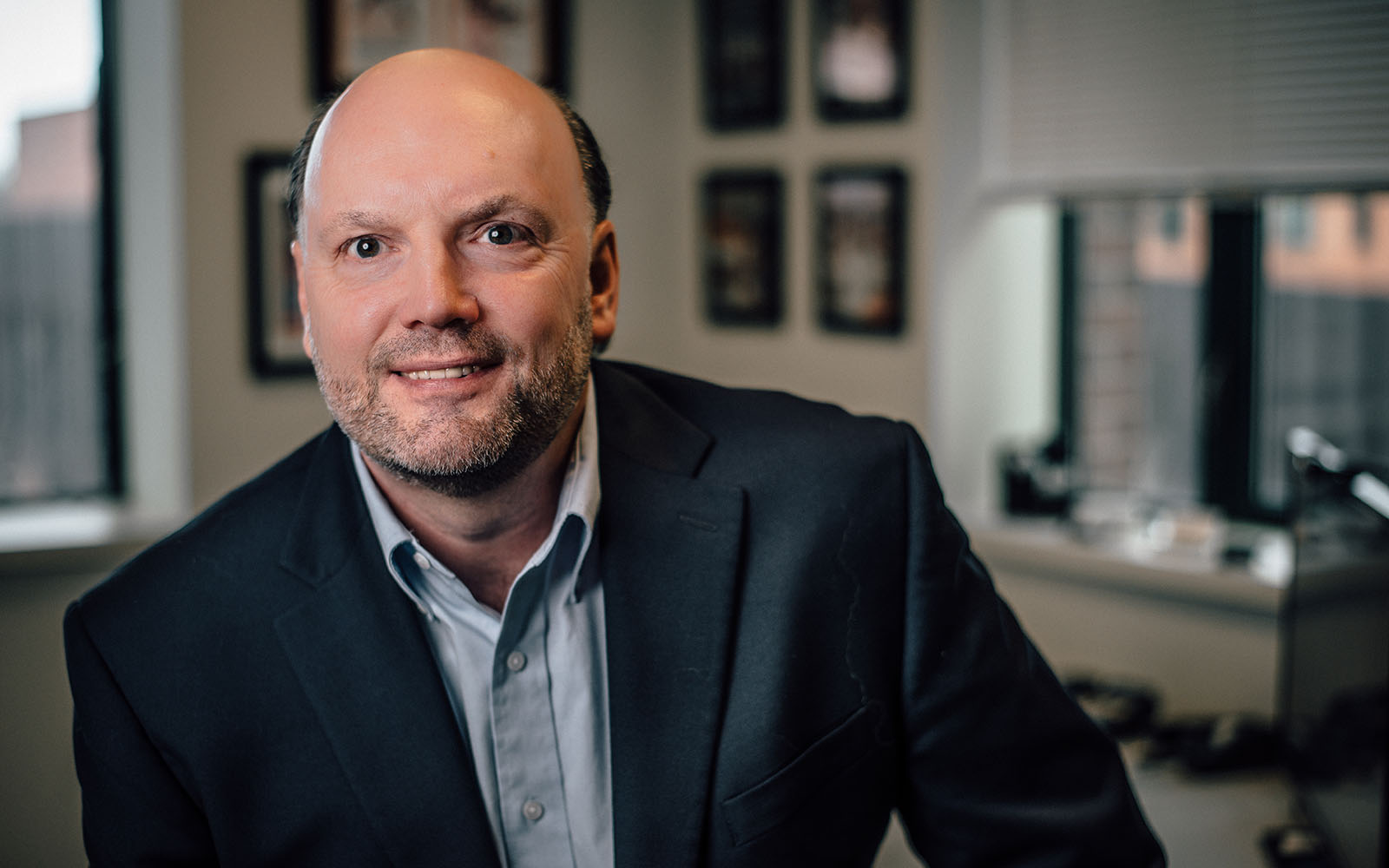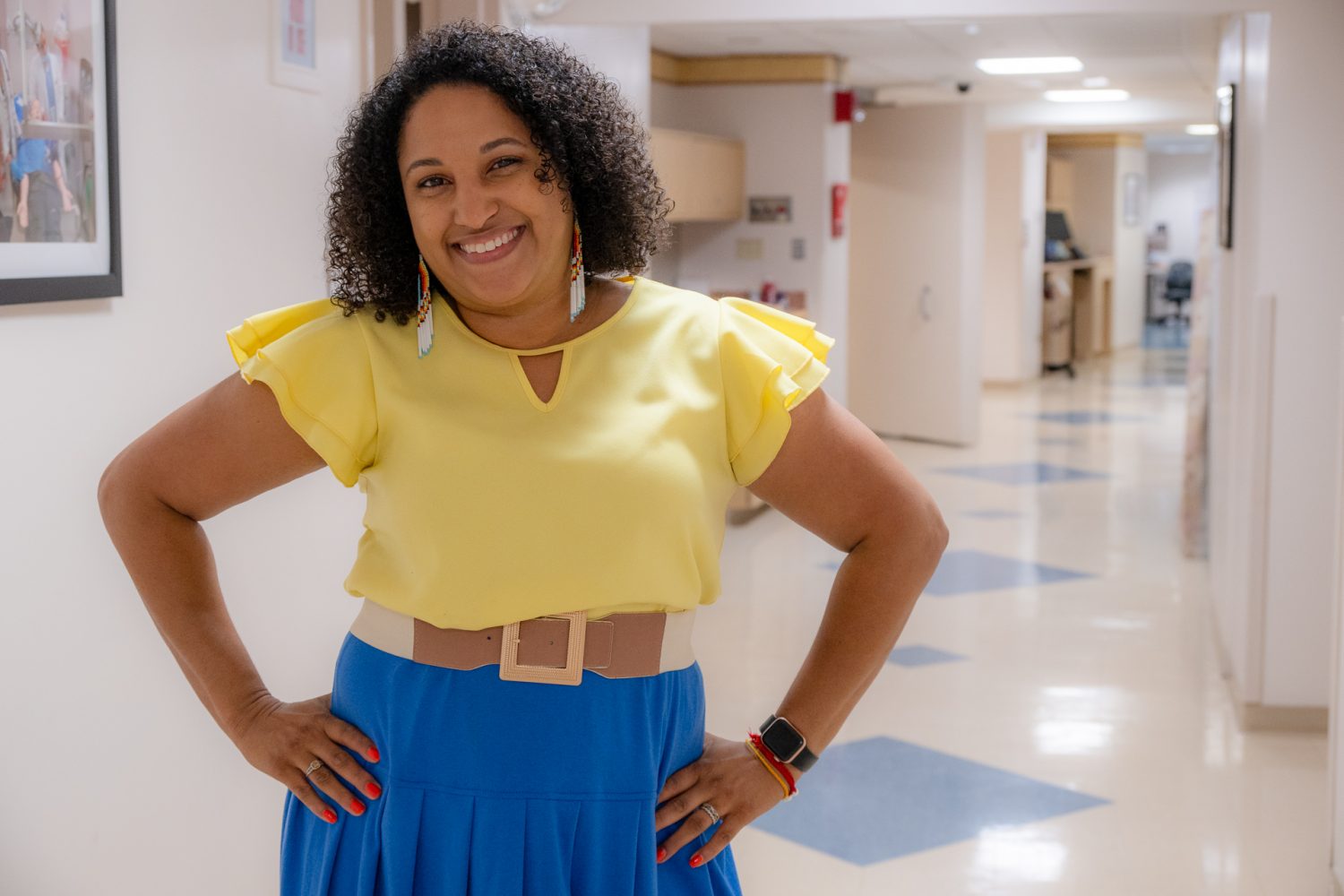
Soon after the dedication of its new building in 1995, the University Archives and Special Collections at the Thomas J. Dodd Research Center began to take a leadership role in the rapidly emerging world of digital technology with the launch of Connecticut History Online (CHO), one of the first collaborative digitization projects in the nation.
CHO, which was launched in 2001 by the collaboration between the Archives, Connecticut Historical Society, and Mystic Seaport, established a digital collection of more than 11,000 objects representing the 19th and early 20th century, primarily photographs, prints, and drawings. Subsequent efforts with additional partners, including the Connecticut State Library, created digitized documents from the 18th century that included newspapers, oral histories, maps, and broadsides, among other materials.
“CHO was meant to deliver materials. It was in the early days of the Internet. It wasn’t meant to be a preservation solution,” says Greg Colati, director of digital curation for University Libraries. “We weren’t ensuring that content would live on because we didn’t have any preservation infrastructure in place. We’re now in the fourth generation of digital libraries, which is all about creating long-term preservation and the ability to exchange this content with other systems.”
Since his arrival in Storrs two years ago, Colati has been at the forefront of the Archives’ effort to establish the infrastructure that will provide students, faculty, and scholars from around the world with access to the holdings of the Archives and the UConn Libraries. The initiative is part of the Digital Public Library of America, which aims to bring together the resources of the nation’s libraries, archives and museums, and make them available to the world.

Fittingly, some of the first materials to be digitized for preservation are the 50,000 pages of documents that are the Nuremberg Trial Papers of Sen. Thomas J. Dodd, for whom UConn’s Dodd Research Center is named. The former Special Assistant to the U.S. Attorney General supervised the day-to-day prosecution team of the United States during the International Military Tribunals in 1945-46, which prosecuted the leadership of Nazi Germany for war crimes during World War II.
As Executive Trial Counsel, Dodd shaped many of the strategies and policies through which the trial took place. The depositions, photographs, evidence, correspondence, drafts of legal briefs, and other documents from the Nuremberg Trials have been used by scholars from around the world since they were opened to the public in 1997.
Colati says creating a digital form for the Nuremberg Trial Papers likely will open new areas of research about the trial, because documents not previously reviewed or linked to related materials will be more easily accessible, and the readability of some documents can be improved by technology.

“You’ll be able to ask new research questions because you can computationally analyze the material in ways you could not before,” he says. “There could be new areas of scholarship on this trial, how it was conducted, how the Americans saw it, and what they thought was important at the time. Some of this material is hard to read. If you were sitting in the reading room, you’d miss a lot of stuff.”
The Nuremberg Trial Papers consist of the materials handed to the prosecution staff in preparation for the trials. Although the official trial transcripts were digitized as part of the Avalon Project at Yale University, the papers dealing with the development of the trial presentation have never been available on the Internet. About 50 researchers travel to Storrs each year to study the original trial documents in the Dodd collection for various research projects.
“There is a lot of demand for this collection from people who cannot easily travel to Storrs,” Colati says. “People come from all over the world to use this collection. We offer travel grants, but they can only support two people a year. Digitization will allow us to help any number of people.”

Since last year, about 25,000 pages of the 50,000 documents in the collection have been digitized. Colati says it will take an estimated two years to complete the task, owing to the methodical process required to make curatorial decisions on the handling of sometimes fragile items. In addition, each individual document in the collection must be coded so it not only can be electronically retrieved but also cross-indexed and linked to related material in other collections. Twelve members of the Archives staff have some role at various points in the process of digitizing each document.
The process of digitizing a collection begins when an archivist – for the Dodd Papers it is University Archivist Betsy Pittman – reviews a document to determine the physical integrity of the material and what kind of scanning equipment should be used for the document. Options include a flatbed camera, book cradle, single page scanner, or sheet-fed scanner. In some instances, a fragile document may require some repair or protection before scanning. Sometimes, faded paper can be scanned and contrast improved for improved readability.

Once the document is in digital form, the information to identify each document must be created using the Metadata Objects and Descriptive Standards (MODS) coding created by the Library of Congress. This information – which identifies each document within a folder that is part of a group of documents within a specific collection in an archive – is the key to both establishing the record of a document and providing an electronic link so that it can be found through a search engine.
In the case of the Nuremberg Trial documents, which are legal papers, Colati says each document was originally assigned a number, which often is referenced within other documents. A researcher will be able to find the connecting material in seconds. Once in digital form, a document can be linked electronically in several ways, making it easier for a researcher to use the information.
“The digitization is actually the smallest piece of it,” Colati says. “The easier it is for people to use, the more work has gone into it in the back end of the process. We’ve thought about so many things. Getting to that little white ‘Search’ box is a long road. With so much born digital now, the only way it’s going to be here in 100 years is if we take care of it now.”


